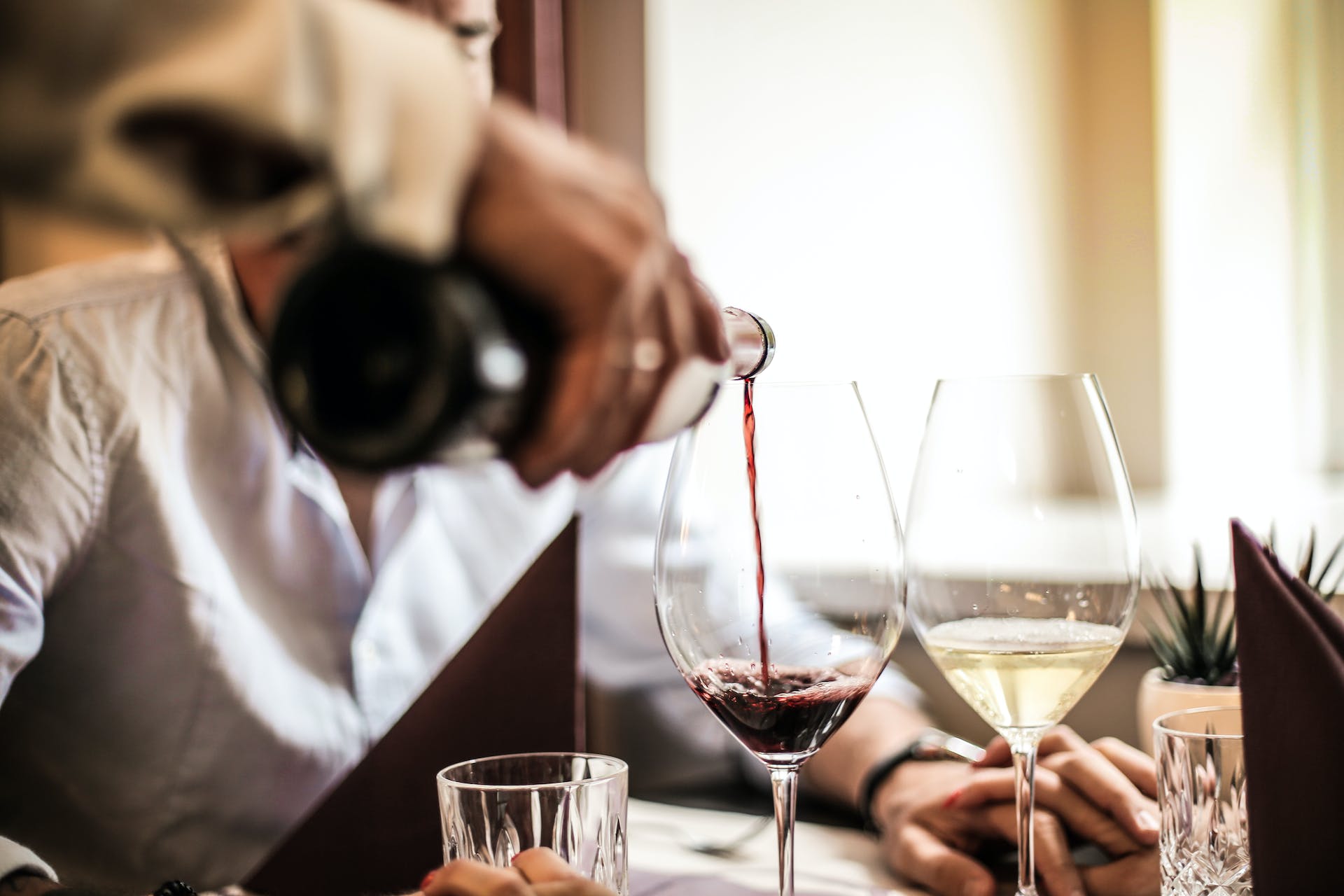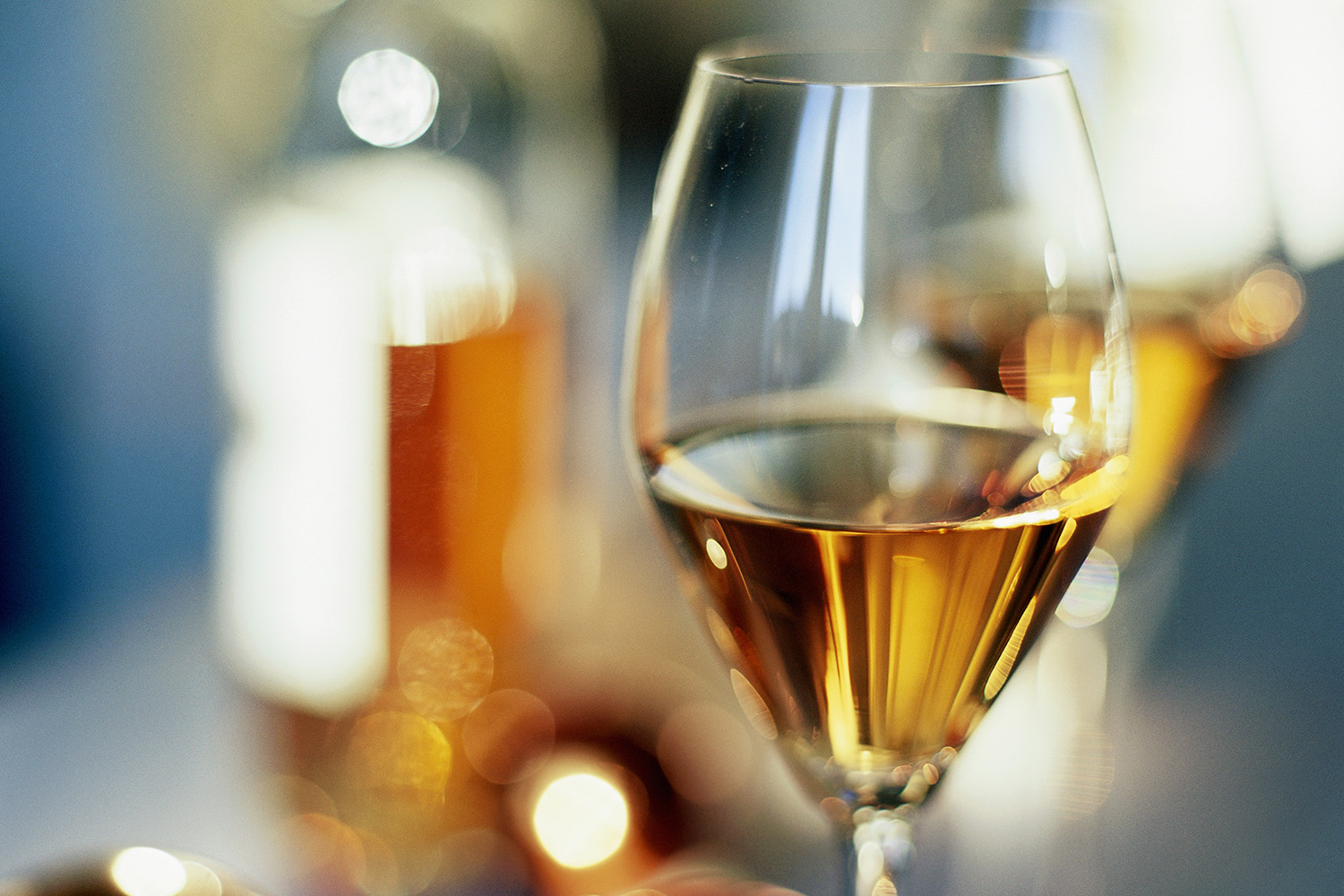
If you’re anything like me, you’ve never paid much attention to rules or regulations. Even as a child, I didn’t pay any mind to those telling me what I should or should not do. Of course, there were and are rules of common sense put into place to keep us safe, and even my younger self could appreciate and abide by those. But if my teacher told me to use a red crayon, you could bet I would use a green one. If my piano instructor told me to play the white keys, I would only play the black ones. I wouldn’t say I liked being told that there were lines and limits; honestly, I still don’t. I get a little irked when given a guideline or a box, which is, perhaps, the reason I fell in love with food and wine. With food and wine, there aren’t any limits…with two exceptions – baking (because it’s either science or witchcraft, and I still don’t know which) and how many glasses of wine there are in a bottle.
My evening routine tells me that there are approximately two to three glasses of wine per bottle, depending on the glass or mug I’ve selected from the cupboard, but apparently, this is not the case.

How many glasses of wine are in a bottle?
The sad truth is that there are five whole glasses of wine in one standard 750-milliliter bottle. This may come as a shock to those of us who could have sworn that an entire bottle contained only two glasses, but here we are. Don’t shoot the messenger.
A standard glass of wine is typically five ounces, and there are just about 25 ounces in 750 milliliters, making this rather simple – however unfortunate – math.
Of course, this rule changes if your bottle is not the typical, standard 750 milliliter size. Becoming more popular these days are half bottles, which hold 375 milliliters of wine and contain two-and-a-half five-ounce glasses. On the other end of the spectrum are Magnum bottles, which are twice the size of the standard bottle and, therefore, hold 10 5-ounce glasses of wine.

What is the standard pour size?
As mentioned above, the standard pour size in the United States for a glass of wine is five ounces. This goes for red, white, and sparkling wines. Of course, this will vary depending on the generosity of your bartender. It isn’t unusual to see a fluctuation of an ounce or two in either direction, depending on the restaurant or bar.
This rule varies not only according to how flirty you are with the wait staff but also on the country in which you happen to be enjoying that glass of wine. A standard pour size in Australia is only 3.4 ounces, whereas Austria is far more generous with a 7-ounce standard pour. The United States, as well as Canada and several other countries, fall somewhere in the middle of that spectrum, but we like Austria’s style.

Exceptions to the rule
Not all wines are created equal, and there are, of course, exceptions to the 5-ounce pour rule. Unfortunately, in these cases, the amount poured is typically less than the already frustratingly tiny five ounces, not more. These are the dessert wines – port, sherry, Madeira, and other late-harvest wines that are far higher in their alcohol content and, therefore, call for a more petite pour (though, we must admit, we think this rule is cruel and unfair).
For dessert wines, the standard pour size is two ounces. But no one said you have to stop at one glass.

No, bigger glassware doesn’t mean a bigger serving size
Let me first say that I am a passionate lover of uniquely gorgeous glassware and china. It is a love passed down to me from my mother, and I pride myself in my collection of beautiful things out of which to eat and drink. Having said that, lately, it seems stemware has gotten a bit out of hand. I dined at a restaurant recently where the red wine glass I held in my hand was larger than my face. It was like drinking out of a damned fish bowl. I can appreciate a larger glass, giving the wine room to breathe, but things have just gotten ridiculous at this point. A cartoonishly enormous glass makes the pour seem even smaller than the already less-than-generous five ounces. Perhaps the intent here is to encourage the diner to savor and appreciate that precious pour, but the whole thing seems rather silly to me. Put the wine in a normal, human-sized glass and be done with it—end of rant.
Although universal wine glasses have become increasingly popular, traditionally, there are differences between red and white wine glasses. Red wine stemware is generally larger in both height and bowl size than white wine. This is because red wines typically need more decanting than white, and a larger glass allows them to breathe. White wine stemware is generally smaller, allowing closer contact with the nose so that the drinker can enjoy the aromas more intensely.
But no matter the size of your glass – however comical – that pour should still just be five ounces. Sorry.



